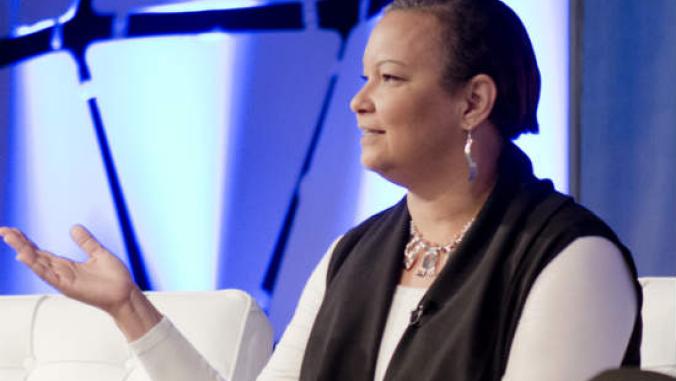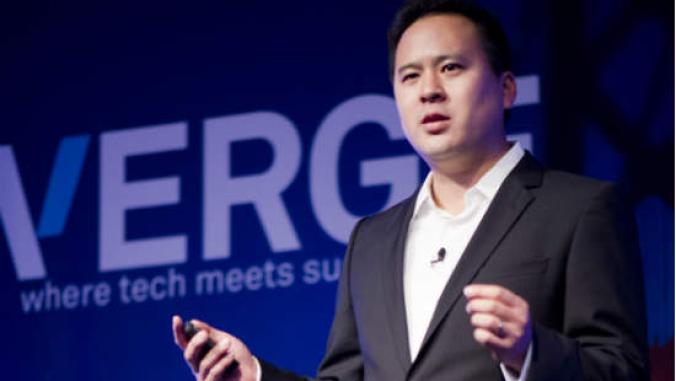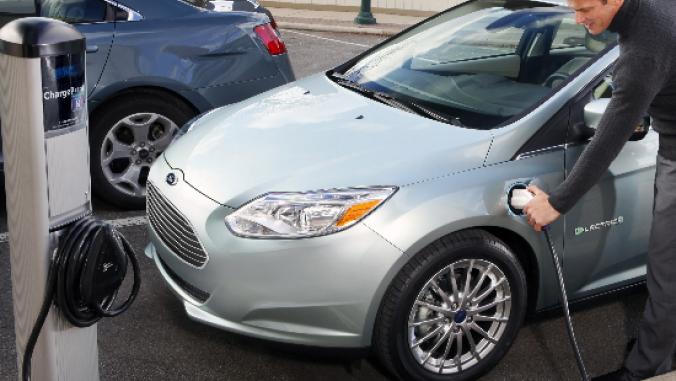Can IBM help utilities find shelter from the storms?
<p>After utilities' operations and reputations took a hit from Superstorm Sandy, some are partnering with IBM to better predict<strong> </strong>storms' impacts and to boost grid stability.</p>

When Superstorm Sandy slammed into the East Coast, it left as many as 2.1 million New York homes and businesses without power. Combined with another storm that hit soon after, hundreds of thousands in New York and New Jersey remained without power last week.
New York Governor Andrew Cuomo has called out local utilities as having failed customers. And that begs the question: What more could utilities have done?
Through a new partnership called the Smarter Energy Research Institute, IBM aims to help utilities create more robust reaction plans based on better storm predictions.
"Outage planning is actually very hot button, especially with what has been going on [with Superstorm Sandy]," said Brian Gaucher, a manager at IBM Research and a technical coordinator with the institute. “You could tell in advance of a storm what would be the territory that is most impacted, and you could get out crews and even equipment in advance."
Can better data usage stabilize the grid?
While outages clearly have big impacts on customers, they also result in major costs for utilities. Some $14 billion worth of service value is lost each year in the U.S. due to outages. "Part of the results we're looking for is delivering true business value, being more efficient," Gaucher said.
IBM is kicking off the institute by collaborating with three utilities: DTE Energy in the U.S., Hydro-Québec in Canada and Alliander in the Netherlands.
Predicting storm impacts is only one part of what the institute is hoping to accomplish. IBM is looking at five main areas:
- outage-planning optimization to reduce the amount of time when customers have no power
- asset-management optimization to better divvy up capital and operational expenses for upgrades and maintenance
- integration of renewables and distributed energy resources to meet regulatory targets and keep systems stable
- wide-area situational awareness to detect anomalies in real time across the grid
- enhancing the "participatory network" to change the utility-consumer relationship by helping utilities engage more with consumers.
Each utility will focus on two of those main areas as they work with IBM's research and IT teams to better utilize data, optimization and predictive software.
Alliander, for example, specializes in renewable energy and sustainability, while Hydro-Québec is one of the largest hydroelectric power producers in the world.
DTE Energy, meanwhile, operates Detroit Edison, providing electricity to 2.1 million customers in Michigan, and natural gas utility Michigan Consolidated Gas Co., which has 1.2 million customers.
Photo of lighting bolt by Civdis via Shutterstock.
For those investigating how to better prepare for storms, IBM envisions that utilities will be able to use predictive models to see possible impacts earlier, so they can plan how to allocate repair crews and resources quicker and more efficiently.
One such tool is Deep Thunder, a high-resolution forecasting tool that can predict -- days in advance -- how badly different areas will be hit by wind or rain, Gaucher said. By coupling that with damage models showing what happened to equipment in past storms, utilities will be able to more accurately send out work crews and equipment, such as transformers, lines and poles, thereby reducing outage times, he said.
Implications for renewable-energy integration
Utilities with renewable-power operations, which can vary wildly, would also be able to better forecast the performance of those operations in order to better balance supply and demand.
"We have folks interested in how to enable renewable-energy mandates coming out without destabilizing the grid," Gaucher said. "Wind and solar can come and go."
As for what IBM is calling the participatory network, or -- as Gaucher put it -- "social energy," the institute will look at how to get clients and customers more involved, both to share data and to do their part to save energy.
In the Netherlands, Gaucher said, utilities aren't getting much data from homes that have smart meters because customers don't trust them. Only about 10 percent of customers share smart-meter data with utilities, he said, so Alliander and others are looking into how to make people aware of the benefits. Utilities could, for example, give customers feedback on how they can use energy more efficiently and save money.
All of the applications and intellectual property that are created will reside within the institute to be shared among utilities that join. Member companies will also be able to take part in meetings and workshops organized by IBM.





